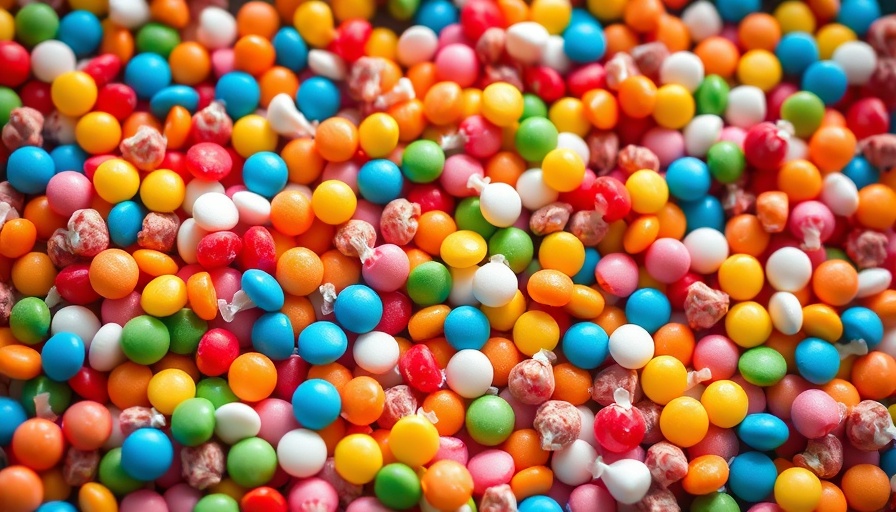
FDA's Bold Move to Eliminate Harmful Dyes from Our Food
The U.S. Food and Drug Administration (FDA) has taken a crucial step towards ensuring a healthier food supply by announcing plans to phase out eight synthetic dyes that have been under increasing scrutiny for their potential health risks. Led by Health Secretary Robert F. Kennedy Jr., this initiative aims to protect children and families from artificial additives that pose no nutritional value and have been linked to serious health concerns, including ADHD and obesity.
Understanding the Health Risks Associated with Synthetic Dyes
For decades, synthetic dyes such as FD&C Red No. 40 and Yellow No. 5 have been ubiquitous in processed foods and drinks. These dyes, made from petroleum, have been under fire for their potential to affect children's behavioral health. Research correlates heavy consumption of these additives with increasing rates of hyperactivity and other behavioral disorders in children. By phasing these harmful substances out, the FDA is advocating for a safer food environment, corroborated by remarks from FDA Commissioner Dr. Marty Makary, who highlighted the toxic exposure children have faced for years.
The Transition to Natural Food Color Additives
In tandem with the announcement to revoke the authorization of specific synthetic dyes, the FDA plans to authorize several new natural color additives in the upcoming months. This shift towards more organic options is not only a response to consumer demand for cleaner ingredients; it's also a proactive measure to mitigate potential health risks associated with synthetic compounds.
Why Now? The Growing Public Awareness on Food Safety
The announcement has emerged amidst a growing tide of public awareness and advocacy for natural ingredients and better food practices. As consumers become more conscious of what they are putting into their bodies, calls for transparency in food labeling have intensified. The FDA's decision is a direct response to these societal shifts, reflecting a commitment to restoring public trust in food safety.
Future Implications for the Food Industry
The food industry is now at a crossroads—adapt or risk falling behind an increasingly health-conscious consumer base. Major food manufacturers are now encouraged to reformulate their products, opting for natural color sources from fruits, vegetables, and spices instead of artificial dyes. This change could reshape the landscape of grocery aisles across America, giving consumers healthier and more appealing choices.
What Can You Do to Ensure Healthy Eating?
For those looking to support this transition towards healthier eating, becoming an informed consumer is crucial. Read labels carefully and seek out products with natural ingredients. When preparing meals, include whole foods and consider experimenting with natural dyes, such as beet juice for red color or turmeric for yellow. These alternatives not only provide color but also add essential nutrients to your diet.
Your Role in Advocating for Healthier Choices
You have the power to influence manufacturers by advocating for cleaner practices. Support brands that prioritize health and sustainability by purchasing products free of harmful additives. Engaging with community groups and raising awareness on the importance of clean eating can also amplify your impact.
Through these concerted efforts to phase out harmful ingredients and promote healthier alternatives, we take significant strides towards ensuring the well-being of future generations. The FDA's initiative is just the beginning of what could become a transformative era for American food safety.
While the transition may seem daunting, remember that every small change counts. Together, we can pave the way for a healthier, toxin-free food landscape for ourselves and our families.
 Add Row
Add Row  Add
Add 




Write A Comment